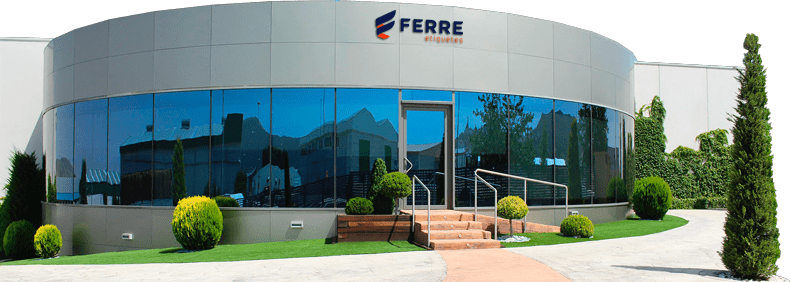Offset
Printing system through a cylinder covered by a rubber or silicone, which receives the image to transfer it, by pressure, to the material of the label to be printed. This feature gives it maximum printing quality, especially for papers with rough or irregular textures, for special finishes. The advantages of this printing system are, for example, that it supports a wide variety of sizes and types of paper. It is also ideal for short runs. Very versatile compared to digital ones.
Flexography
Flexography is a printing technique that uses flexible embossed printing plates. The plate is generally made of photopolymer which, as it is a very flexible material, is capable of adapting to a wide variety of supports or printing substrates. Flexography is the characteristic printing system in which UV inks are used, characterized by their high drying speed. This high drying speed is what allows to print high volumes at low costs, compared to other printing systems.
Rotary screen printing
Rotary screen printing is ideal when you want to achieve a high-quality image with rich, vibrant colors and high ink thickness that projects a two-dimensional appearance or even touch-sensitive images or textures. It can be applied to virtually any material including coated and uncoated papers, textured papers, and films. This process can be combined with other processes in Flexography such as Hot stamping or Cold foil. Rotary screen printing allows adding quality value to labels and packaging, thus generating impact and positioning in a competitive market.
Letterpress
Letterpress is a printing system that is based on the use of plates in which the areas to be printed stand out and are impregnated with ink. The paper is placed in contact with the plates, which press it and transmit the ink to it and thus it is printed. The advantages of letterpress printing are: high quality; There is no loss of quality throughout the run; low losses; simple process.
Finishing
We offer multiple finishing options to give each and every one of the labels we produce the maximum distinction. Your customers already know the value of your product. We take care of those that are not yet.
Peel-off
Pop-up label made up of two sheets that can be printed on four sides: the two sides of the upper sheet and the adhesive sides of the bottom sheets. The top layer can be opened ('peel off') and closed again. More information on the same surface.
Braille
Braille is a tactile reading and writing system, designed for those who are visually impaired. It is also known as cecography. The label is printed with braille dots, providing the visually impaired with a valid and effective tool to read by touch.
Delam-relam
Unit that allows the separation of the adhesive paper from the silicone in order to print on the adhesive side, on the back of the label, and then reattach. It is used to read through the product or to give a reinforced image through the front.
Hot stamping
Module for the application of hot foil for high quality labels. Premium finishing to increase added value. Applicable to special papers (embossed, laid, textured, etc.).
Cold foil
Module for the application of cold metal foil for high quality labels and higher manufacturing volume. Metallic finishing with the possibility of overprinting to achieve the most vivid colors.
Lamination
With this finishing option we provide a greater conservation and make the impression more durable, protecting it from moisture, abrasive liquids, friction or adverse conditions to the product.
Holography
Holograms are adhesive security labels that have tamper-resistant features and allow detection of parallel trade, counterfeiting and fraud. They are used to improve customer service. They offer a unique and differentiating experience from the competitors.
